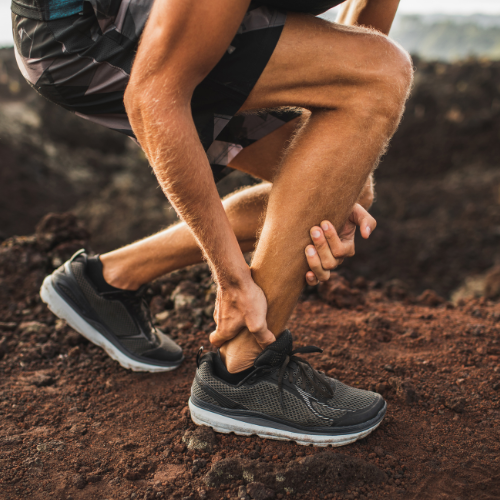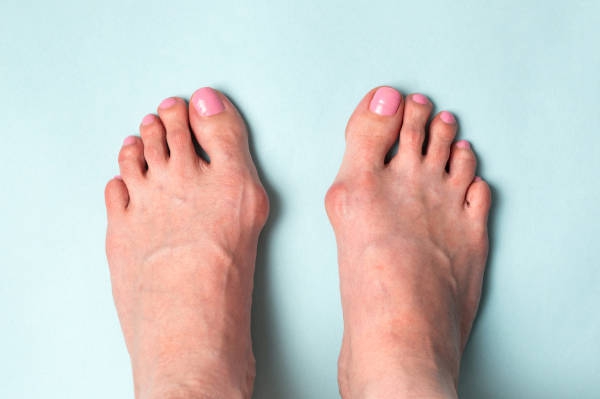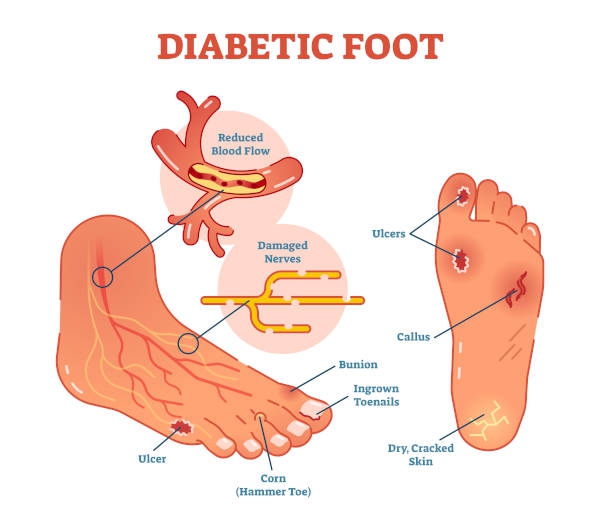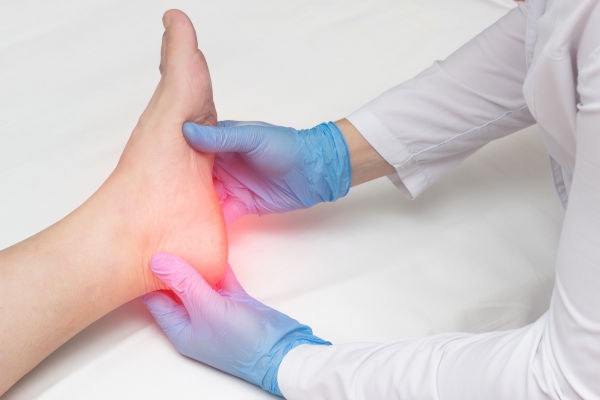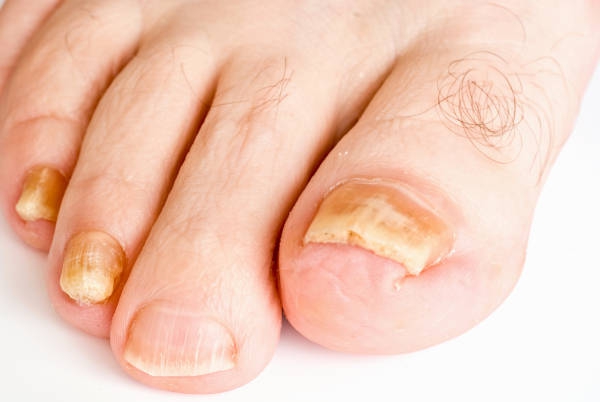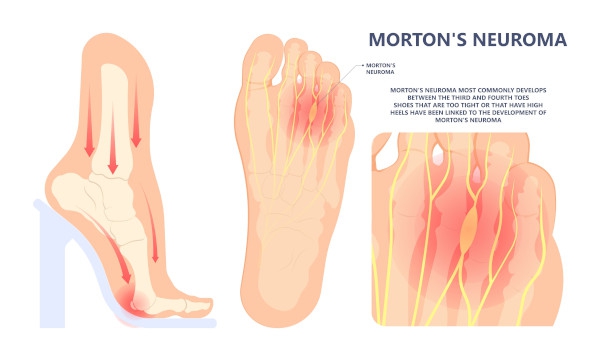 When foot or ankle pain strikes, finding the right care shouldn’t add to your stress. At Marvel Foot & Ankle Centers, our skilled podiatrists have several decades of combined experience and offer an array of advanced treatments to help you get back to what you love. Whether you’re dealing with sudden injury, chronic pain, or a progressive condition, we offer prompt appointments and personalized care at our convenient Gilbert and Chandler locations.
When foot or ankle pain strikes, finding the right care shouldn’t add to your stress. At Marvel Foot & Ankle Centers, our skilled podiatrists have several decades of combined experience and offer an array of advanced treatments to help you get back to what you love. Whether you’re dealing with sudden injury, chronic pain, or a progressive condition, we offer prompt appointments and personalized care at our convenient Gilbert and Chandler locations.
Superheroes never stop training, and neither do our podiatrists! Our foot and ankle doctors continually enhance their expertise through specialized education and cutting-edge technology. We’re your trusted partners in foot health, providing everything from conservative treatments to advanced regenerative therapies. Learn more about our services and discover what we can do for your feet.
Complete Podiatric Care to Save the Day
Our East Valley podiatrists offer comprehensive care for wide-ranging podiatric concerns, including:
- Chronic pain. We diagnose and treat persistent issues like plantar fasciitis, heel spurs and arthritis using state-of-the-art therapies that target the root cause of your discomfort.
- Sports injuries. From ankle sprains to stress fractures, our team helps athletes and weekend warriors alike return to activity safely and efficiently.
- Progressive conditions. We offer early intervention for bunions, hammer toes, and neuromas, which can help prevent the need for more aggressive treatment later. However, we also provide exceptional treatment for more advanced cases.
- Skin and nail issues. Our podiatrists provide skilled care for ingrown toenails, fungal infections, and warts using the latest, most effective treatment protocols.
- Diabetic foot care. We teach best practices for daily care, provide prompt appointments for diabetic foot concerns, and offer specialized wound care to help patients with diabetes maintain podiatric health.
Don’t risk trusting your feet to less experienced providers—give them the exceptional care they deserve!
State-of-the-Art Treatments and Services for Your Foot and Ankle Health
At Marvel Foot & Ankle Centers, our Gilbert and Chandler podiatrists invest in advanced technologies and treatments to provide optimal outcomes.
Custom Orthotics
Our precision-crafted custom orthotics address your unique foot mechanics, providing support, cushioning, and relief precisely where you need it. These individualized medical devices also enhance your stability during activities and help prevent progression conditions like bunions from worsening.
Shockwave Therapy
Also called Radial Pulse Wave Therapy, this FDA-cleared technology is a painless, non-invasive treatment that uses acoustic pressure waves to reduce pain, improve blood flow to damaged tissues, and stimulate the healing process. Particularly effective for Achilles tendinitis, plantar fasciitis, and other musculoskeletal conditions, patients often report significant improvement within three to four sessions.
Regenerative Medicine
Our regenerative solutions include platelet-rich plasma (PRP) therapy, which uses enhanced properties from your own blood to jumpstart your body’s natural healing abilities, reducing inflammation and repairing damaged tissue. PRP therapy can benefit patients with conditions such as tendon and ligament injuries, arthritis, neuropathy, and post-operative discomfort.
We also offer Leneva injections. Ideal for patients with conditions that cause fat pad degeneration, this therapy provides immediate cushioning while supporting long-term tissue regeneration, helping relieve pain from pressure and impact. Leneva injections are particularly beneficial for metatarsalgia, chronic heel pain, and fat pad atrophy.
Minimally Invasive Procedures
When surgery is necessary, our talented Gilbert and Chandler podiatrists offer procedures that require smaller incisions, reducing post-operative pain and minimizing recovery time. Find out how our team can help you get back on your feet faster!
Our Gilbert and Chandler Podiatrists Stand Out From the Competition
With a team of skilled foot and ankle specialists and convenient locations in Gilbert and Chandler, Marvel Foot & Ankle Centers is the Phoenix area's top choice for top-notch podiatry care. We offer same-day appointments for acute injuries and urgent concerns and personalized care plans tailored to your condition, lifestyle, and goals.

